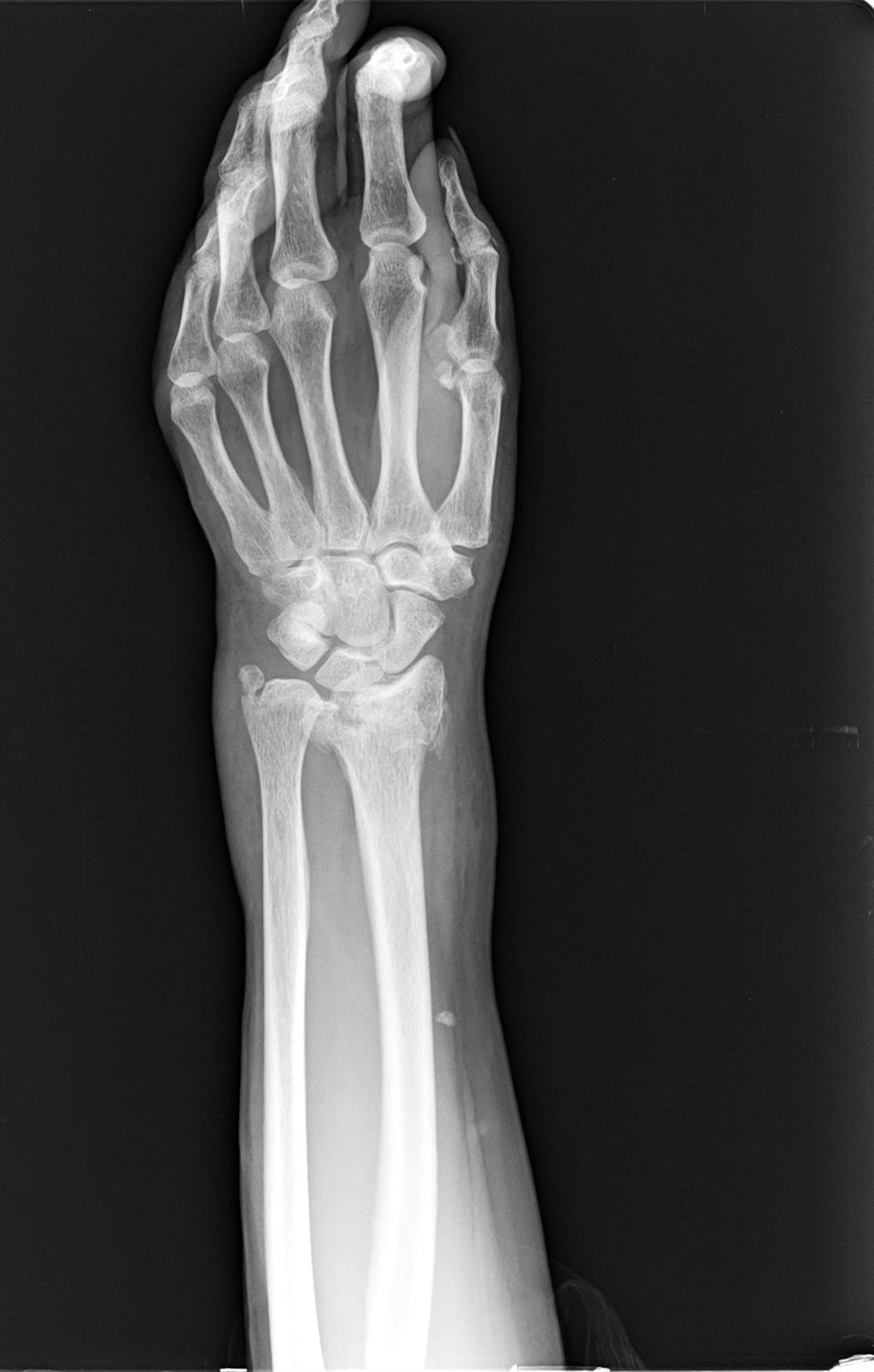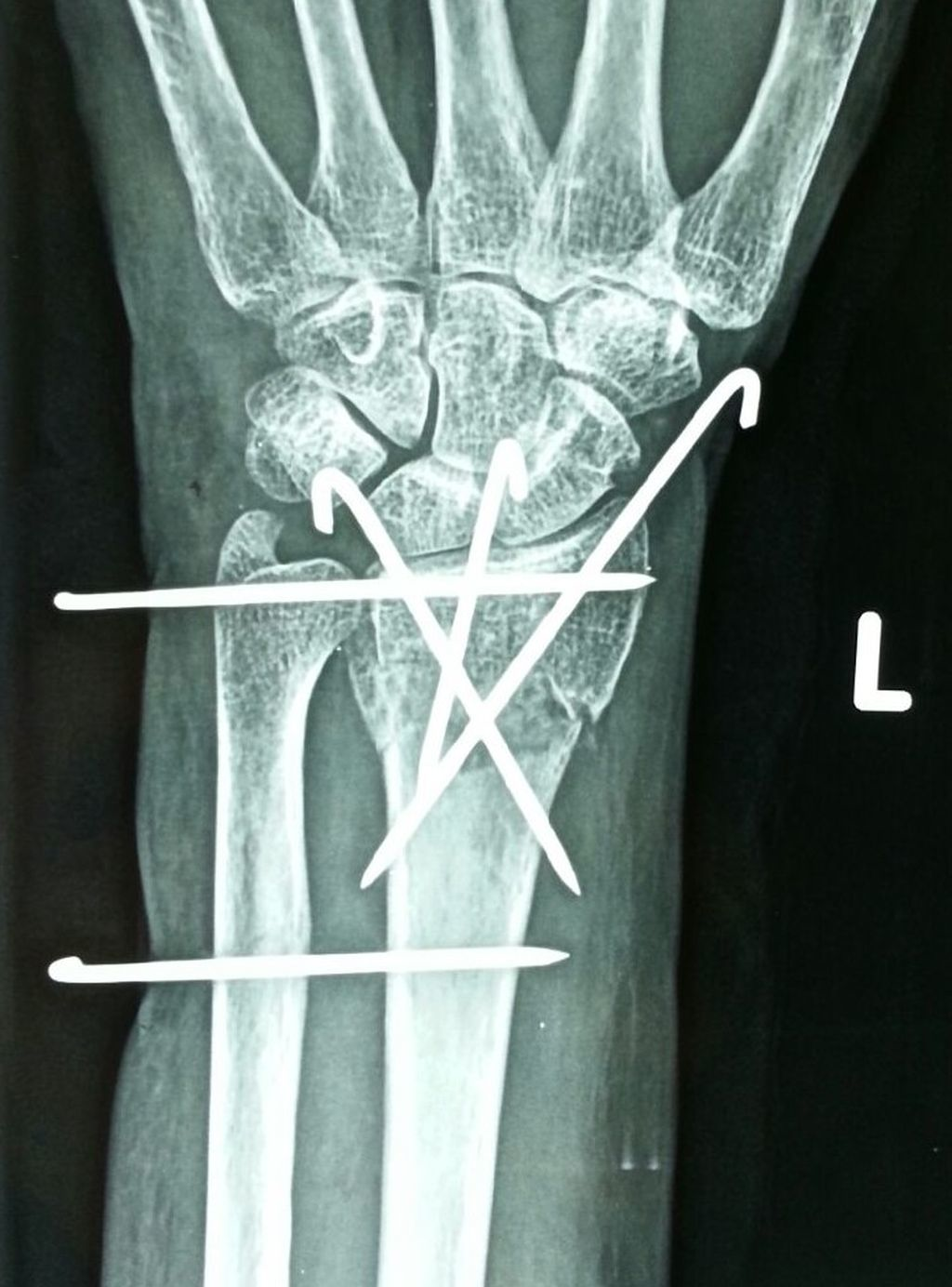

Bone pieces injure a blood vessel or nerve.A piece of broken bone breaks through the skin.The break extends into the wrist joint.In more serious cases of Colles’ fracture, the following may happen: Sometimes the fracture doesn’t heal in the right position, and this can cause tendon injury and ongoing pain. These complications usually happen soon after the fracture.Ĭomplications that can happen later include carpal tunnel syndrome and osteoarthritis. Some people also develop compartment syndrome, a condition that happens when pressure in muscles gets dangerously high. If you get prompt treatment and good follow-up care for a Colles’ fracture, you can usually avoid complications.Ĭomplications that can happen without quick treatment or with serious injuries include nerve or blood vessel injuries. See your doctor if the pain or swelling keeps getting worse after you get a cast or if you have numbness in your fingers.Follow your doctor's instructions for taking care of your cast.You may still have discomfort and stiffness in your wrist for months, or even years, after the injury.If you start working out before your wrist is healed, you could cause more serious damage. Don't rush back into your activity too soon.You and your doctor will decide when you are fully recovered. More severe breaks may not fully mend for 6 months. It might take 8 weeks or longer for your wrist to heal.Here are some things to keep in mind during recovery from a broken wrist: Of course, what you really want to know is when you can get back in the game after breaking your wrist. Sometimes, pins, plates, screws, or other devices are needed to hold the bone in place so it can mend. Your doctor might suggest this if the bone is not likely to heal well in a cast. But sometimes, people with a broken wrist need surgery. Most of the time, these treatments will be enough. Practice stretching and strengthening exercises of the fingers, elbow, and shoulder if your doctor recommends them.They should be used only occasionally unless your doctor specifically says otherwise, as this may delay healing. However, these drugs have side effects, such as an increased risk of bleeding and ulcers. Ask your doctor about nonsteroidal anti-inflammatory drugs ( NSAIDs), like ibuprofen, naproxen, or aspirin (except for children). Be careful to keep the splint or cast dry while icing. Do this for 15 to 20 minutes every 2 to 3 hours for 2 to 3 days. Elevate your wrist on a pillow or the back of a chair above the level of your heart for the first few days.Regular X-rays to make sure your wrist is healing normally.A cast, which you might need for 6 to 8 weeks or longer, depending on how bad the break is (you might need a second cast if the first one gets too loose after the swelling goes away.).A splint, which you might use for a few days to a week while the swelling goes down if a splint is used initially, a cast is usually put on about a week later.However, painkillers will help afterward. This can be pretty painful so it's usually done with anesthesia. If the broken wrist isn’t in the correct position to heal, your doctor may need to reset it. But they can happen to anyone who takes a fall or gets hit. People with osteoporosis or thinning of the bones are at particularly high-risk for wrist fractures. Usually, these injuries result from falling onto an outstretched arm or getting hit on the wrist.īroken wrists are common in people who play contact sports, as well as skiers, inline skaters, and bikers. Occasionally, a broken wrist can affect the nerves or blood flow. You may need several sets of X-rays, since the fracture may be hard to see at first. To diagnose a broken wrist, your doctor will give you a thorough physical exam. Deformity of the wrist, sometimes called a “dinner fork deformity,” which causes it to look crooked and bent.


Technically, it's a break in the larger of the two bones in your forearm. A Colles' fracture - or distal radius fracture - is often called a ''broken wrist.'' In France it’s sometimes called a “Pouteau-Colles” fracture.


 0 kommentar(er)
0 kommentar(er)
